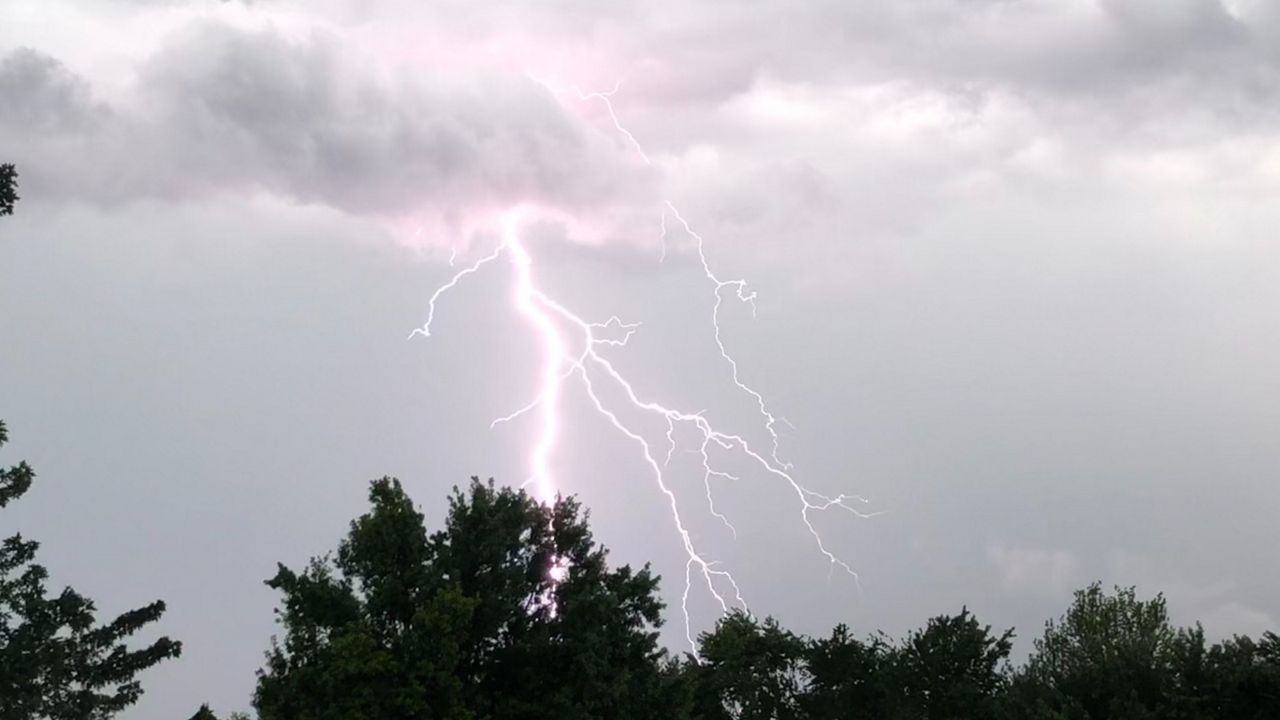Early in the day on Thursday, many people awoke to loud thunder including Tracey Novy who said, “Shook the whole darn house. Sounded like bombs going off. That was an intense storm. Lots of coffee needed today!”
Dorothy Davies added, “First was a bright flash, then a little later, more flashes then thunder! That should have awakened the dead!”
Why did this thunderstorm seem louder than usual? The noise has to do with the air temperature and the uniqueness of the storm itself.
Usually, the air at the surface is warmer than the air above it. Typical or ground-based thunderstorms are created from the warm and humid conditions at ground level.
However, sometimes, warmer air resides above the surface, creating a temperature inversion. This was the setup overnight.
Temperatures at the ground remained close to 40 degrees, while higher in the atmosphere, it was in the 50s. The thunderstorms developed in the warm air, which was above the surface. We refer to these types of storms as elevated thunderstorms.
As storms produce lightning, the sound of the air expanding is called thunder. In a typical ground-based storm, thunder dissipates in all directions, a quick loud boom or rumble.
However, in a temperature inversion, the sound becomes trapped and refracts back to the ground. This trapping and refracting can cause the thunder to be amplified, making it sound louder than normal.
Sound waves also travel slower in colder air and can bounce back and forth, making that boom or rumble linger.

Our team of meteorologists dives deep into the science of weather and breaks down timely weather data and information. To view more weather and climate stories, check out our weather blogs section.





